"In A New Light" is non-profit that uses nature photography to empower, teach, guide, and ultimately change the lives of it's students- students whose background often includes struggling in school, abusive homes, and general hopelessness. Both the photos captured and stories told are simply inspiring. Read on for an interview with Ben Thwaits, pro photographer turned teacher for IANL, and to see some of the students' impressive work. A Kickstarter to publish a photobook along with stories of the students is in the making as well.
From IANL's Kickstarter info:
"In a New Light is therapeutic program that emphasizes skilled photography training and nature immersion. It's centered at Northwest Passage, a non-profit residential youth mental health treatment facility in Wisconsin. In A New Light is conducted in partnership with the National Park Service and has received prior funding from the National Park Foundation. Since In A New Light's inception in 2010, artistic results have been no less than astonishing. Our youths' artwork has been featured in books, films, and witnessed by over 500,000 people at over 30 exhibitions around the United States. However, here, success is measured not in accolades, but in personal transformation. Hundreds of youth have left Northwest Passage with a new belief in their own potential, a set of refined artistic skills, and a connection to nature from which they will draw strength for the rest of their lives."

Ben Thwaits spent several years as a professional photographer before taking a teaching position at Northwest passage. He wanted to incorporate photography into his teaching, so he sought out, and received grants to secure cameras and computers for his classroom. It wasn't until he starting seeing the work his students were producing that Ben realized the potential for something greater. Expecting "refrigerator art" as he calls it, what Ben actually got was work being produced by students who were passionate and enthused about creating images, and the actual results were very impressive (images further down the post). After this first class, Ben redeveloped his courses from a more ambitious perspective. I asked him a few questions about In A New Light; here's what he had to say.
Fstoppers: What challenges did you face in starting this program?
Ben: There were no precedents to follow, so everything had a steep learning curve, for both me and the kids. While most kids latched on this program right away, there were always the few stubborn ones, and they could have a strong effect on the whole group. It took me a while to figure out the techniques of getting those kids to buy in. And, almost without exception, the kids who start out as the most resistant and headstrong eventually become the most passionate and skilled photographers.
Fstoppers: Why did you choose photography as the means to change these teens' lives?
Ben: Nature photography is my passion. I know that one of the big reasons In a New Light has worked so well is that I love doing it. I get to spend every day sharing my passion for photography, making connections in the art community, setting up exhibits. The kids sense this passion, respond to it, and reflect it back. For any teacher or mentor, a sparkle in your eye is a more effective teaching tool than the best-designed curriculum out there. Plus, it makes getting up every day for work enjoyable and easy. When you are able to execute your passion, it unleashes within you an incredible amount of energy. Once you find it, there’s no going back.
Fstoppers: What is it about nature photography in particular that resonates with at-risk teens?
Ben: I think nature photography is a uniquely effective therapeutic tool for more reasons than I can even begin to talk about. Nature photographers know what I’m talking about because the truth is we all do it primarily for the therapeutic benefits. For example, nature quickly emerged as a restorative tool in itself for this project. Bringing kids into peaceful natural settings is deeply soothing and calming for them. Many of these youth, usually having been raised in urban areas, are initially quite afraid of venturing into the woods. Wood ticks and deer are reason for alarm. Yet, this fear was shed amazingly fast. Within just two or three weeks, they at home in forests and rivers, and begged to bring fishing rods along on the photo excursions. Nature deeply engages their natural fascinations, with infinite subject matter to explore with their lenses. The magic isn’t just in the grand “calendar shots” either. Their deepest fascinations are engaged by the small phenomena: the insect crawling on a flower, or the patterns of veins on a maple leaf. These things engage the kids’ sense of wonder and awe, and it’s what their inspired to capture with their lenses.
Fstoppers: How do you approach teaching teens how to capture stunning nature images?
Ben: A positive relationship with the kids is really the key to everything, and anyone who works with at-risk kids will tell you that. I work very hard to create a solid mentor relationship: I’m neither a friend nor a parent. I think of myself as more of guide, leading them on their own journey. This relationship generally feels very positive for the kids, and they become invested in maintaining and building it. If you think about it, the mentor/mentee relationship has been the foundation of arts training for centuries.
However, from an instructional standpoint, IANL is pretty unique. Teaching mastery of an art form cannot happen overnight, but it’s also not as complicated as everyone thinks. Conventional arts education so often fails when it focuses so heavily on theory and technique in early stages of training, rather than on unleashing its expressive power. So many people do not even realize what art is! They think it’s a series of technical exercises rather than the language of human emotion. Most people, not just these kids, have built mental walls over their own artistic abilities. However, I believe that creating art is as natural as speaking. Sure, there is a continuum of natural ability, but everyone can do it on some level. It’s in our DNA.The youth coming to Northwest Passage have constructed more mental walls than most regarding their ability to learn. They’ve failed many classes, dropped out of school, and assume it’s not even worth trying to learn new things. My goal is to carefully and deliberately tear down these walls one by one.
The first objective is to convince the kids to buy in to photography before they even try it. I do this by making sure they know that art is cool. I explain why Tupac and Lil Wayne are artists, and I demonstrate the many examples of how artists have changed the world. Art is power, I explain. As an artist, they have the power to reach people and move people in ways that no one else can. I clarify that people are emotional creatures, and when you speak the language of emotions, you can reach people at the deepest part of their soul. This will generally, at least, pique their interest and motivate them to stay awake for the next lesson.
Fstoppers: So are you actually teaching technical components like what an aperture is, and how shutter speed works?
Ben: The curriculum itself is astonishingly simple. Twelve weeks of instruction is contained within a 4-page packet. This brings down a wall. If I were to hand them a 50 page photography manual, they’d say, “No way I can learn all that.” Four pages feels doable. I tell teachers that if they want to engage at-risk populations of students, they have to make their curriculum as simple possible, and then make it 10 times simpler.
In a New Light places very little emphasis on apertures, shutter speeds and ISOs. The kids don’t even learn the iconic Sunny 16 Rule. Instead, we put the cameras on automatic settings (gasp), and work tirelessly on the fundamentals of composition, light, and conveying emotion, and even methods of stalking wildlife. I found that the vast majority of photography instruction materials out there are way too complicated or esoteric to resonate with this population of students, many of whom have learning disabilities or cognitive impairments on top of their behavioral and mental health diagnoses. With In a New Light, we delve deeply into the fundamentals of light, composition, and emotion, and the kids learn them inside and out. They learn to identify many characters and tones of light, and how to spot the most interesting flower in a field. Once they find that flower, they explore it from 15 different angles and 5 different zoom lengths. I push them hard, but they respond with incredible determination. We spend hours looking at websites and books of the best nature photographers in the world. In particular, they study the work of Jim Brandenburg, whose 90-day “Chased by the Light” compilation resonates deeply with the kids. In this project, Brandenburg forced himself to make one click of the shutter per day for 90 days as a means of finding personal renewal and restoring his connection to his art.The basic curriculum also includes some more “advanced” techniques such as motion blur, controlling depth of field, filter use, low light techniques, and even simple digital editing techniques in Photoshop. However, the majority of learning beyond the basics is self-directed and inquiry-based. When a student rushes up to me in the field and demands to know how to achieve a shallower depth of field on a certain subject, I show him. The vast majority of learning happens during those times of exploration, experimentation, and asking questions.
A given day of photography instruction typically involves 30-60 minutes of formal teaching followed by about 6 hours of practice, exploration, and play. The ideas they learn need time to breath, and each kid must find his own pace.
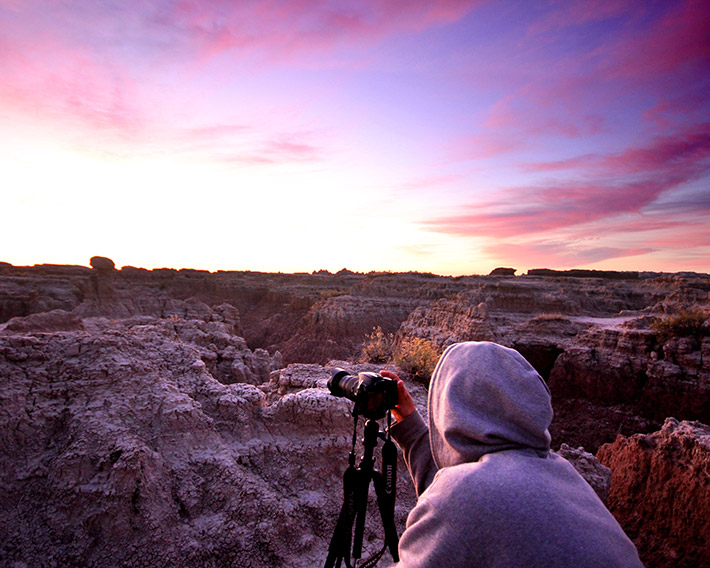
Fstoppers: What's next for IANL? More courses or something bigger?
Ben: Very exciting things are on the horizon. Several big “spinoff” projects are underway. We’ve recently launched a photojournalism and portrait photography program at Northwest Passage’s girls’ treatment facility. Also, in a continuation of our partnership with the National Park Service, we’ll be doing an underwater photography and video project this summer on the St. Croix National Scenic Riverway. We also have more prominent exhibitions lined up, most notably at the drkrm gallery in Los Angles this spring. Finally, in May, Northwest Passage will be opening an art gallery and outreach center, a space dedicated to permanently showcasing the amazing work of our young artists. It feels like the sky is the limit.
Fstoppers: It sounds like you really reached some students, but what's your best success story so far?
Ben: That’s a really, really hard question because we have so many success stories, but they are all so unique. The first one that comes to mind is a young man, 15 years old, who was part of the very first group of photographers to participate in IANL. He came in to our program with very severe behavioral disruptions and a very low level of day-to-day functioning. However, through the photography he was able to find to a voice, a sense of purpose, something to attach himself to. It’s all he talked about. You could just watch him grasping on to the photography, gradually lifting himself out of that darkness day by day. One day he asked if he could write a poem to accompany a photo he took. Within five minutes, he had produced one of the most beautiful pieces of writing I had ever seen.
He had shown no previous indication of being a talented writer. (Because of this, I incorporated a poetry and creative writing component into the program, and now every participant does writing along with their photos). Two years later, this young man is now more stable than most people I know, earning good grades in public school, and continuing his photography. And, since he left our program, he’s weathered some really tough circumstances outside of his control. I’m not sure you could ask for more.
Comments from the writer:
Giving at-risk teens these kinds of opportunities can be life changing, and I'm (Mike Wilkinson) an example of such a program. I was once a troubled youth when I was in high-school, and one of the things that helped me out of my troubles was being taken on trips into the wilderness and going on backpacking excursions. Pretty soon, a camera was in my hand. As a broke student, I surely couldn't afford anything of these items, so it was through programs like In A New Light that provided me with the opportunities to experience things I never knew existed, and ultimately discover myself. I've been researching and posting content for Fstoppers for a year now, and this is one of the most worthwhile and meaningful projects I've come across. The results of what these students have been able to produce is nothing short of amazing.
Below are a sample of the images these students created while in the IANL program.
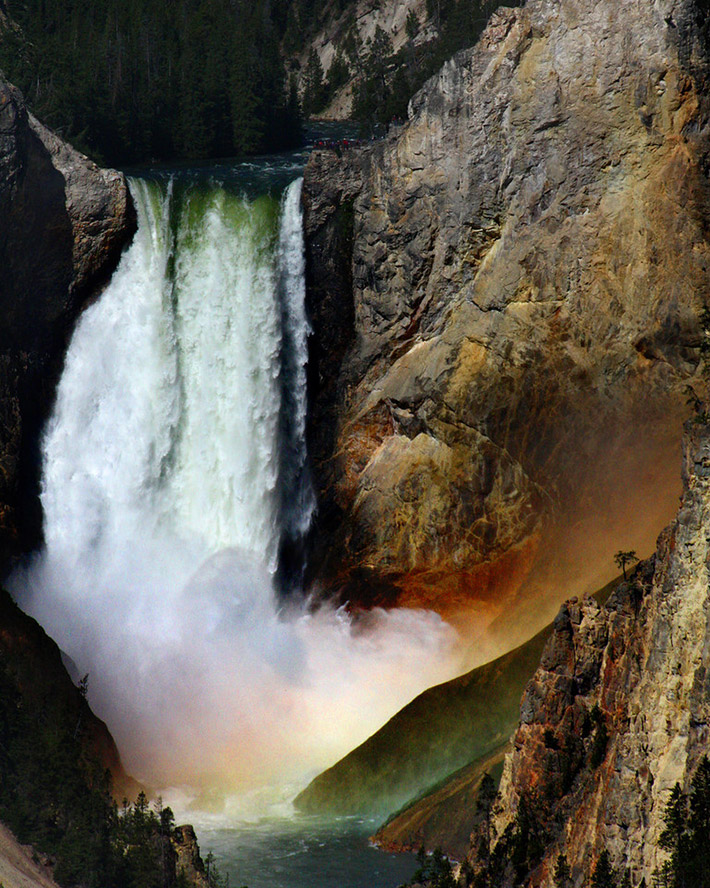 The Waterfall
The WaterfallJessie, 16
Yellowstone National Park
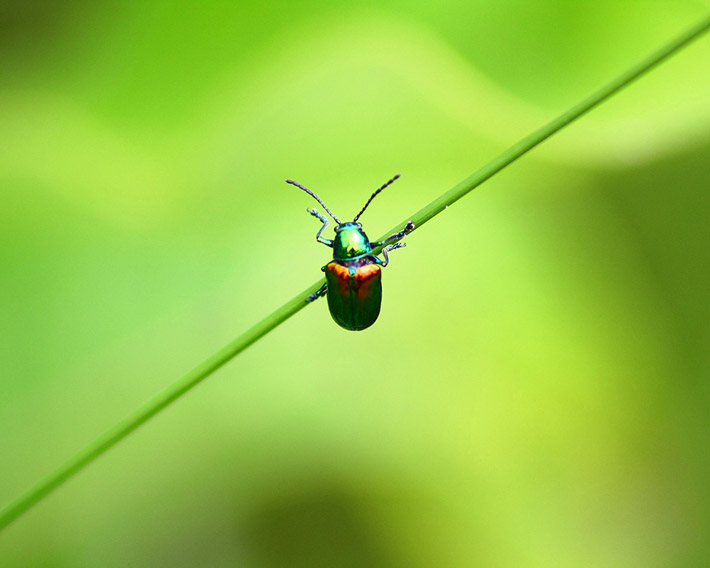 The Green Beetle
The Green Beetle
Jourdyn, 17
St. Croix National Scenic Riverway
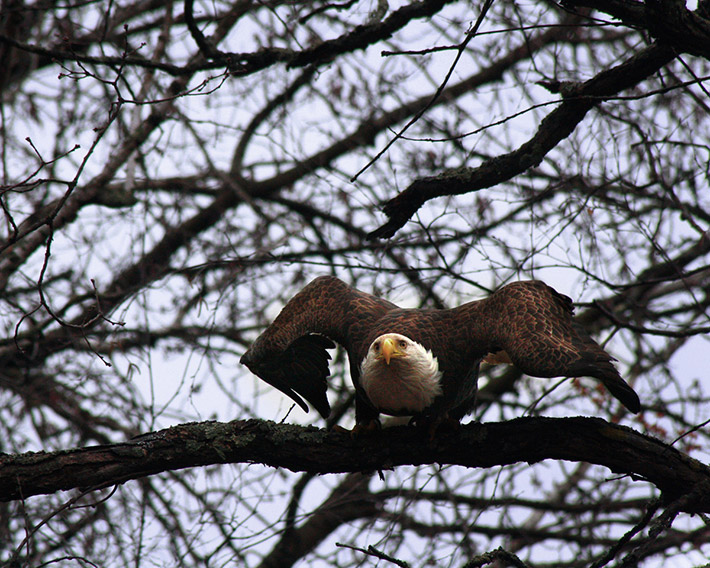 Eagle Taking Flight
Eagle Taking Flight
Bobby, 14
St. Croix National Scenic Riverway
 Cracks in my Soul
Cracks in my Soul
Clayton, 17
Badlands National Park
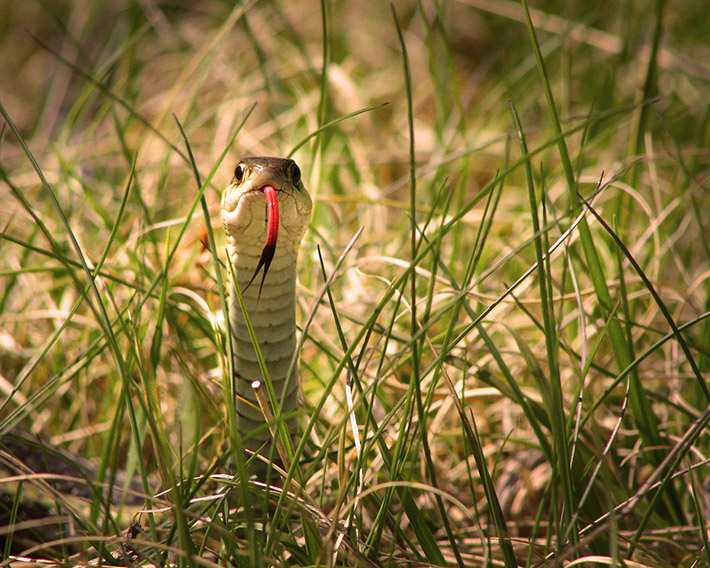 The Snake's Tongue
The Snake's Tongue
Alex, 17
Isle Royale National Park
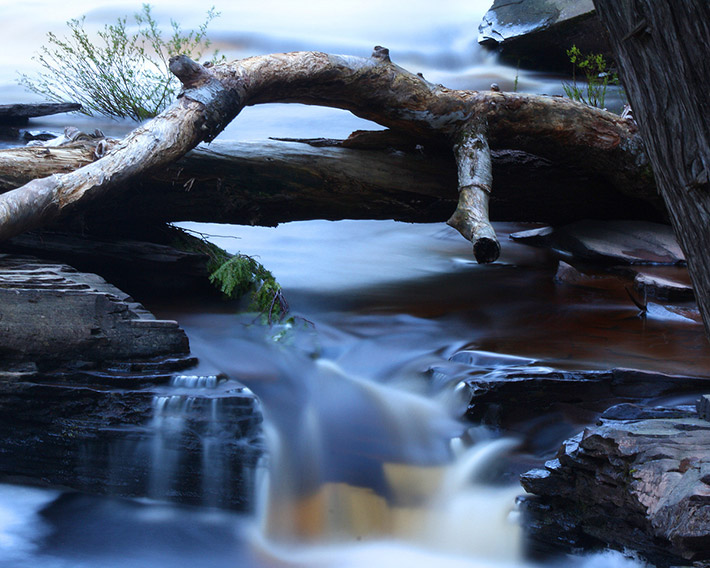 Gentle Flow
Gentle Flow
Kyle, 17
Isle Royale National Park
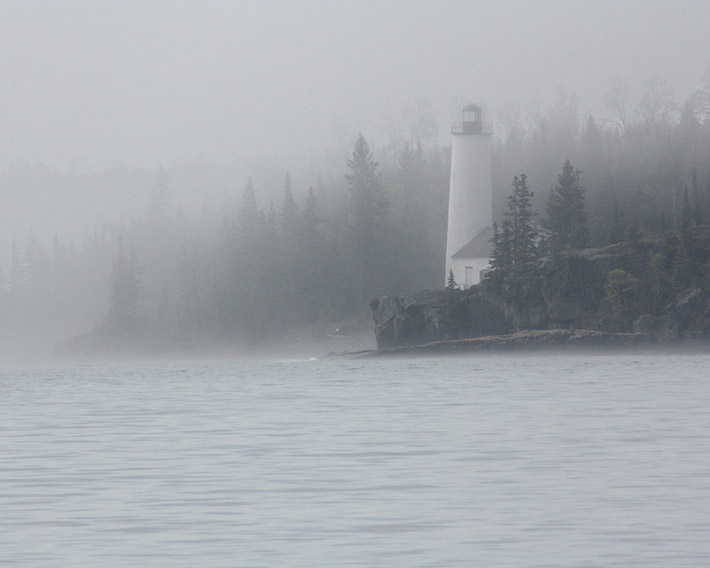 Standing Strong
Standing Strong
Mike, 16
Isle Royale National Park
 Droplets Like Boulders
Droplets Like Boulders
Clayton, 17
St. Croix National Scenic Riverway
For more information on the program, visit the In A New Light website, or go to their Kickstarter page to pre-order a photobook. If you have a similar story, feel free to share it in the comments section.
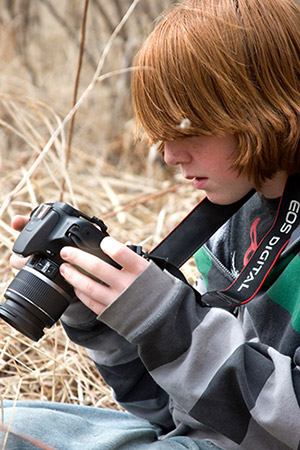
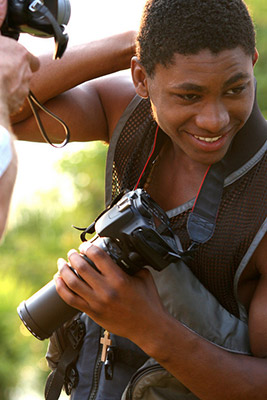








This is so amazing. I would love to do something like this one day for children.
This is the stuff that is truly inspiring! Thanks for the great post and bringing to light a cool organization such as IANL!
Great article and interview! As Mike above said, this is truly inspiring!
I have seen many a Kickstarter personal projects where the Kickstarter author wanted funding for their personal project.
This is the first personal Kickstarter project where the author is helping others. I will contribute.